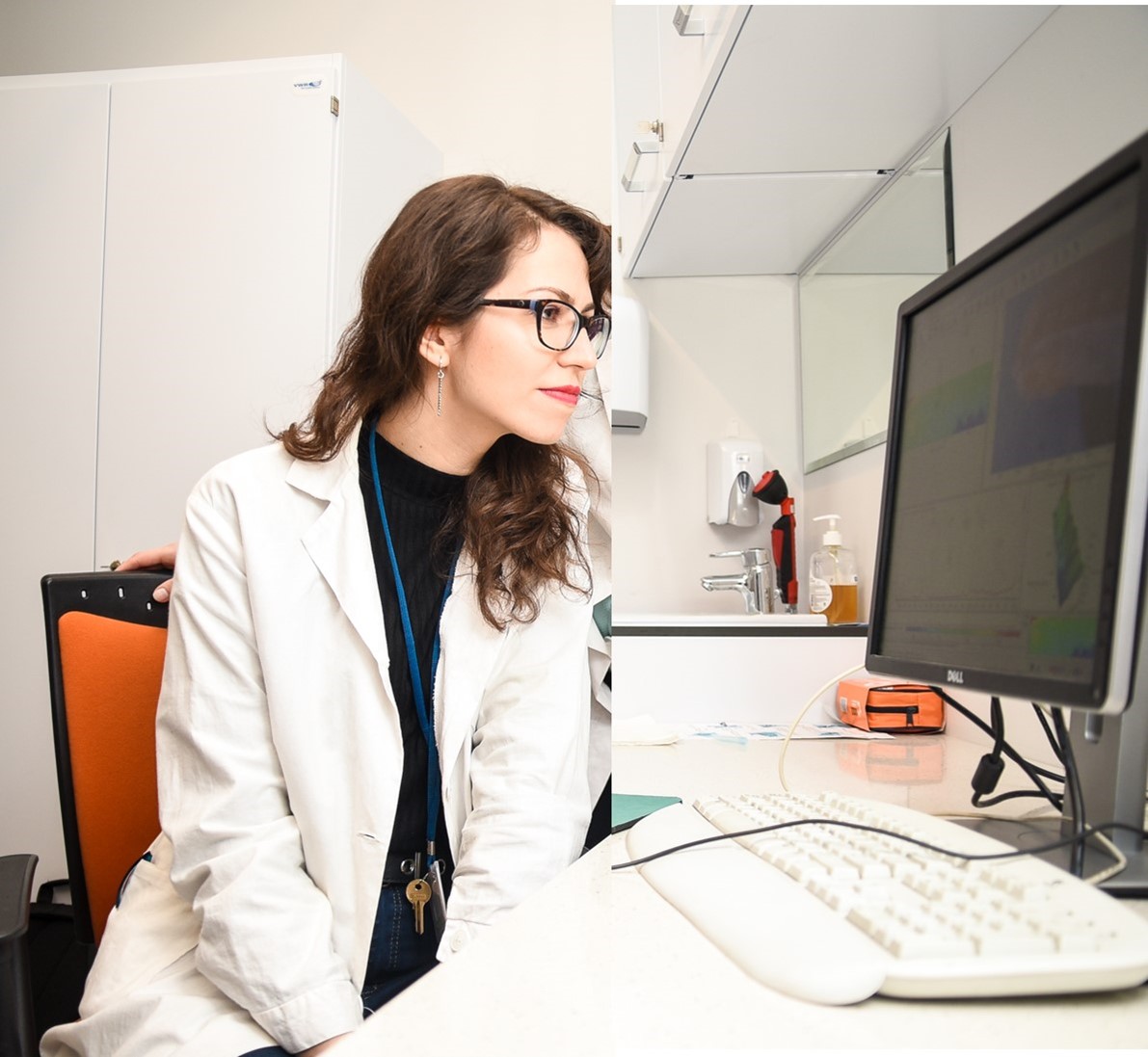Research on hybrid membranes and multifunctional layers applied to metals and alloys for health and environmental protection
The aim of the project was to verify the possibility of using spectroscopic analyses, in particular Raman spectroscopy, in obtaining the characteristics of carbon nanostructures and coatings as well as membranes produced with their participation

 Project title
Project title
Research on hybrid membranes and multifunctional layers applied to metals and alloys for health and environmental protection
 Name of Beneficiary/Beneficiaries
Name of Beneficiary/Beneficiaries
Faculty of Chemistry, Jagiellonian University, Krakow
 Name of programme
Name of programme
Operational Programme Knowledge Education Development
 Competition
Competition
Interdisciplinary Doctoral Programmes - Interdisciplinary Environmental Doctoral Studies "Physical, Chemical and Biophysical Foundations of Modern Materials Science and Engineering " (FCB)
 Project value
Project value
PLN 10,123,883.00 for 75 persons
 Funding value
Funding value
PLN 134,895 per person
 Project delivery period
Project delivery period
from 1.09.2017 to 31.08.2022 (extended to 31.10.2023)
 Title of doctoral dissertation
Title of doctoral dissertation
Research on hybrid membranes and multifunctional layers applied to metals and alloys for health and environmental protection
Meet our team

Aleksandra Wesełucha-Birczyńska, professor, Ph.D. habilitated (UJ)
Marta Blażewicz, professor, Ph.D. habilitated (AGH)
View the results of our work
- Spectroscopic investigations (main research tool - Raman spectroscopy and advanced analytical methods applied in this aspect, e.g. 2D correlation method - 2D-COS) were carried out in the field including the characterisation of carbon nanoforms (graphene, carbon nanotube, carbon nanofibre, before and after oxidative functionalisation).
- Spectroscopic studies of coatings and polymeric composite membranes made of carbon nanostructures - materials with application possibilities in health and environmental protection - were carried out. The set of investigated materials (53 different nanostructures) was evaluated, both, in the area of broadly understood structural characterization and description of their interaction with proteins
and cells under in vitro conditions. The high applicability of Raman spectroscopy as a method used to characterise materials in terms of their engineering, chemical and biological properties has been demonstrated. - The tested nanocomposites were successively subjected to biological tests - in vitro proliferation of osteoblast-like U-2 OS cells. The same test method - Raman micro-spectroscopy - was used to analyse the complex system and interactions in the interphase region. This study proposes a method for early assessment of the nanocomposite material bioactivity - by using the 2D correlation spectroscopy technique. The method of 2D-COS correlation spectroscopy uses advanced mathematical apparatus and makes it possible to identify early changes appearing at the phase boundary of a complex system between a cell and a biomaterial already in the first week of cell culture on the membrane surface. It appears that this detection method in many cases is well ahead of the observation concerning the differentiation assessed by standard fluorescence microscopy. This is therefore a unique way of using the Raman spectroscopy technique to study the biological activity of materials.
What problem is addressed by the project?
The aim of the project was to verify the possibility of using spectroscopic analyses, in particular Raman spectroscopy, in obtaining the characteristics of carbon nanostructures and coatings as well as membranes produced with their participation. Carbon nanostructures are materials with unique physicochemical properties which find application both in environmental protection and medicine. Carbon nanostructures, such as graphene, carbon nanotube, carbon nanofibre, are the subjects of modifications, realised in the process of functionalization of carbon nanoparticles, but they can also be a modifier of other materials, including synthetic polymeric materials. The project involved the study of a complex dynamic system formed by the surface, the protein adsorbing to it, and finally the adhering cell, using Raman spectroscopy. The system analysed in this way allowed for a proper assessment of bioactivity of the prepared nanomaterials. The starting point was to determine the change in crystallinity, ordering and defection of the carbon nanoparticles. Subsequently, nanocomposite materials, changes in the crystallinity of the polymer matrix when carbon nanoparticles were introduced into it and also the way they interact with the matrix were studied. The analysis of nanocomposite materials resolved the phenomena occurring at the phase boundary between the polymer matrix and the carbon nanostructure. The system was extended by another phase, with which it was designed to interact, i.e. the environment of proteins and cells under in vitro conditions. Comparatively, the study of magnetic nanoparticles, and polymeric nanomaterials constructed from them as nano-additives, was undertaken in this work. Today, magnetic nanoparticles are important in health and environmental applications. Therefore, the presented comparison was planned to recognise and resolve the specific properties of these two types of nanoparticles .
Who uses the project results?
The scientific achievements of the project offer a wide range of results enabling a new class of materials to be developed in particular. Carbon nanosubstrates obtained under conditions similar to those of mass production were used, but they were identified in depth. Nanomaterials have been produced on the basis of the carbon nanostructures thus identified. This approach seems to be attractive for science and industry in chemical, biological and engineering fields. In addition, ways of synthesizing nanocomposite materials and, what is particularly noteworthy, unique methods of their characterization, especially in the aspect of bioactivity of the materials, have been indicated.
